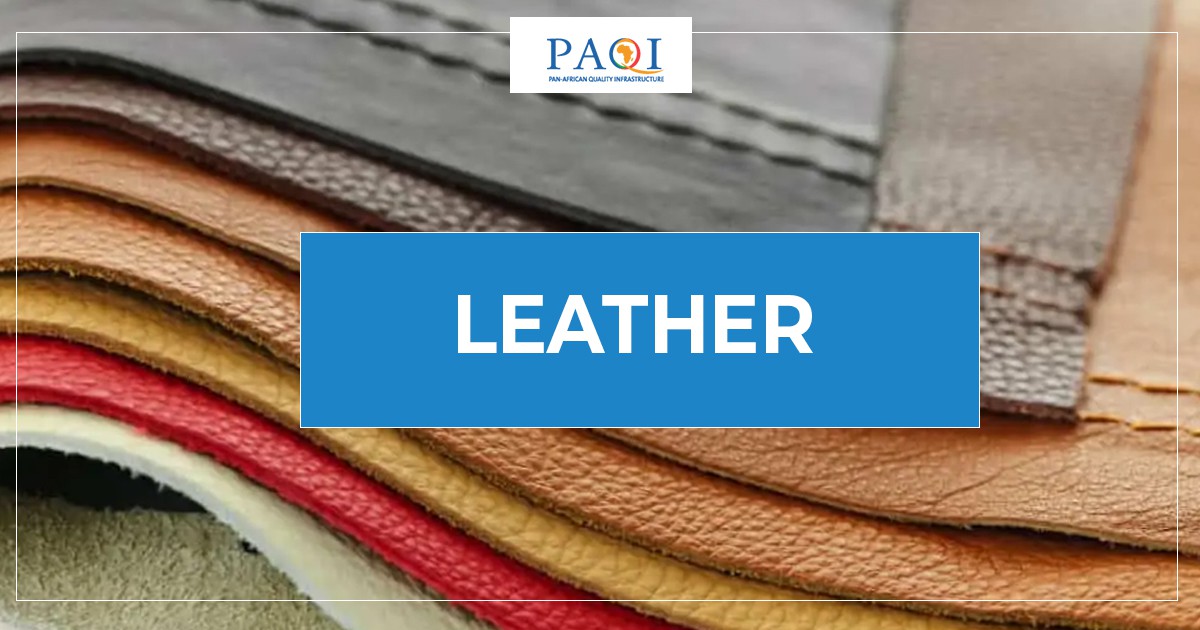Trending
Leather
- Authored By PAQI (Pan African Quality Infrastructure)
- 10 Chapters
- 5 Student Enrolled
Course Overview
Aim and Learning Outcomes
The aim of the training module is to provide basic knowledge on the following topics:
- Introduction to Quality
- Quality Planning
- Quality Management (Standardizing Work, Quality Assurance, Quality Control and Quality Improvement)
- Good Manufacturing Practice (GMP)
- Problems and constraints for the development of the leather and textile industry in Africa
- Value addition in leather and textiles
- Overview of regional leather standards
- Regulatory perspective-restricted/banned substances in leather, textile/garments, and footwear.
- What are the quality issues?
- What are the problems and prospects of the production and marketing of leather and textile products?
- What are the export requirements for leather and textile products?
- What are the restricted substances in the sector?
GENERAL TRAINING TIPS
The course uses Active Learning, a method that presumes that participants already have experience, skills, and knowledge, usually acquired from life and work. It recognizes and uses
these skills, experience, and knowledge. Active Learning uses active methods (such as short but many PowerPoint presentations, take-home materials, group discussion and role-plays) to unlock learners' own learning because participants will be more likely to remember and do what they have been involved in.
LEARNING OBJECTIVES:
At the end of this training module, SMEs will be able to:
- Have a general knowledge of the basic processes on good practices in leather and textile manufacturing and their respective roles for sustained and continual progress as per the Kaizen journey.
- Familiarize with the leather and textile standards and their role along the respective value chains.
- Identify and analyze challenges met during standard implementation and how to cope up with them.
Course Curriculum
This training module will not elaborate all the mandatory and non-mandatory standards that concern the leather and textile sector, but we are recommending the reader and other value chain actors to always refer to system and product standards while seeking to promote and sustain their business while catering for the welfare of the workers and the environment in general. From the internationally developed standards by institutions like the International Organization for Standardization “ISO”, national standards bodies and regional standards bodies are allowed to develop national and regional standards that are specific to the in situ situations through different Technical Committees “TCs”.
The leather sector is one of the most lucrative agro-based industries in the world. The hides, skins, and the leather sector are characterized by a long value chain with multiple socio-economic dimensions such as enhanced employability, creation of wealth and acts as a precursor towards rural development.
Textile, hides and skins sectors have, on a number of occasions, expressed concern at the problems facing the textile, hides and skins sector in Africa. At its Third Session, in 1992, it requested an investigation of the marketing of African textile, hides and skins with emphasis on the problems and constraints affecting the African leather, hides and skins and leather field. At its most recent Fifth Session held in Bologna (Italy) in May 1996 the Sub-Group requested FAO to facilitate activities aimed at improving the textile, hides and skins sector in developing countries and it requested the FAO Secretariat to provide support for this work.
The African leather and leather products industry has considerable development potential, which is based on large livestock populations, and indigenous, renewable raw material sources in a number of countries. The inherent quality of some of the hides and skins is good and, in a few cases, excellent. Its development would directly benefit the local primary producers including herdsmen and farmers, and would create employment opportunities and contribute towards foreign exchange savings by reducing imported leather products. However, there are major impediments to the development of this industry.
Leather Post-test...
Abbreviations And Acronyms
One of the most important challenges facing Africa is prompting structural revolution in the economies of the sub region and raising domestic value addition in their exports for generating higher employment. One of the ways for advancing this transformation is to increase competitiveness of the countries in producing and exporting manufactured products using the large base of natural resources available within the sub regions and the region in general.
The word “quality” is a non-specific term which has no meaning until it is translated into the various features and characteristics of a product and/or service all of which may then be specified in the form of a standard or level service.
Customers judge the quality of what they buy by how their needs and expectations are satisfied by these features and characteristics, including the price they have to pay.
According to Crosby quality is “conformance to requirements”; Juran defines quality as “fitness for use” whereas; Deming defines it as “meeting or exceeding customer expectations”
The International Organization for Standardization “ISO” defines quality as “a degree to which a set of inherent characteristics of an object fulfils requirements”.
Good Manufacturing Practice (GMP) is a term that is recognized worldwide for the control and management of manufacturing, testing and overall quality control of products. GMP takes quality assurance approach, which ensures that products are consistently produced and controlled to the quality standards appropriate to their intended use and as required by the marketing authorization
Leather Pre-test : E...
Authored By
